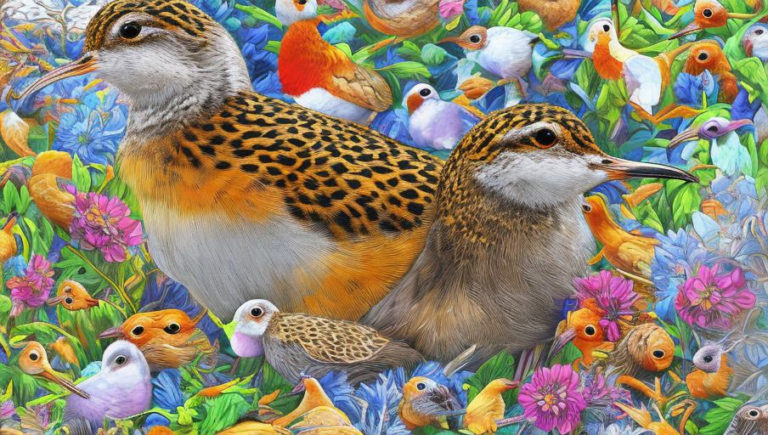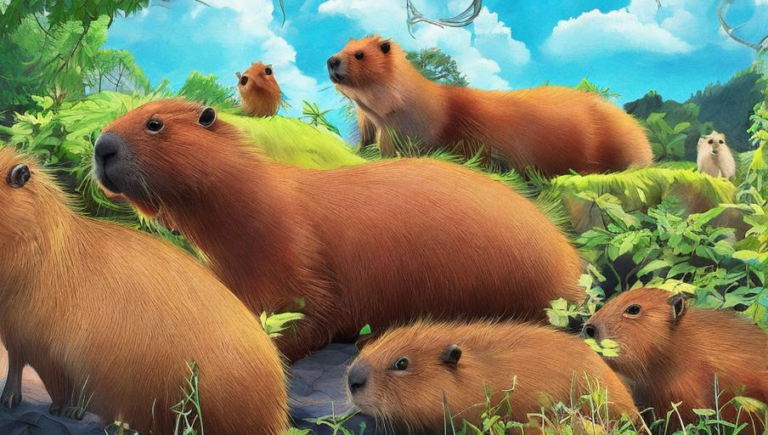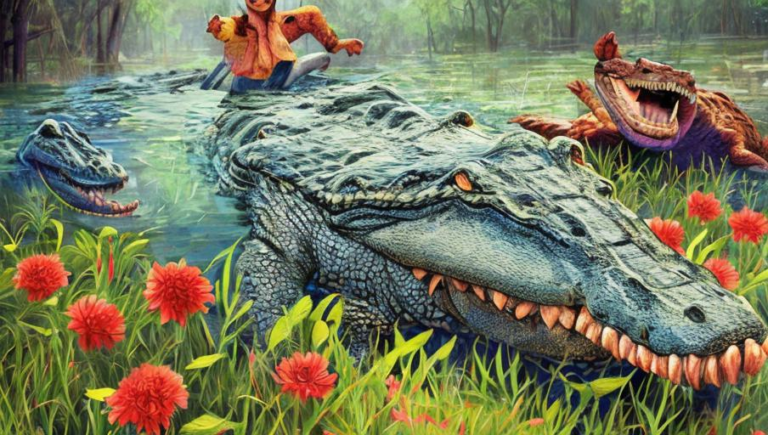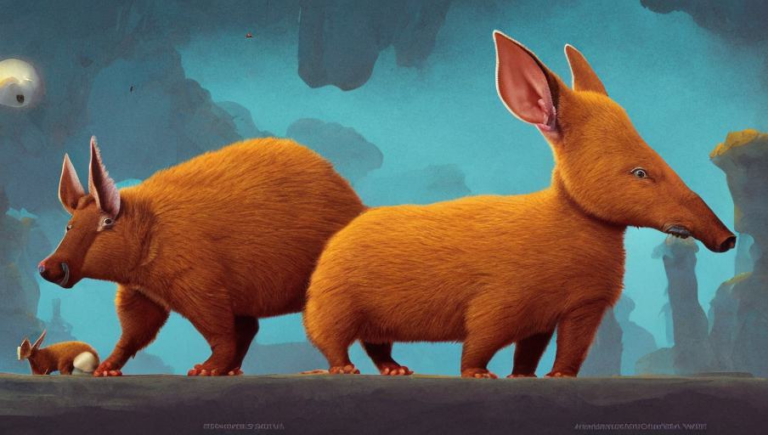Conservation of Albatrosses: A Global Effort
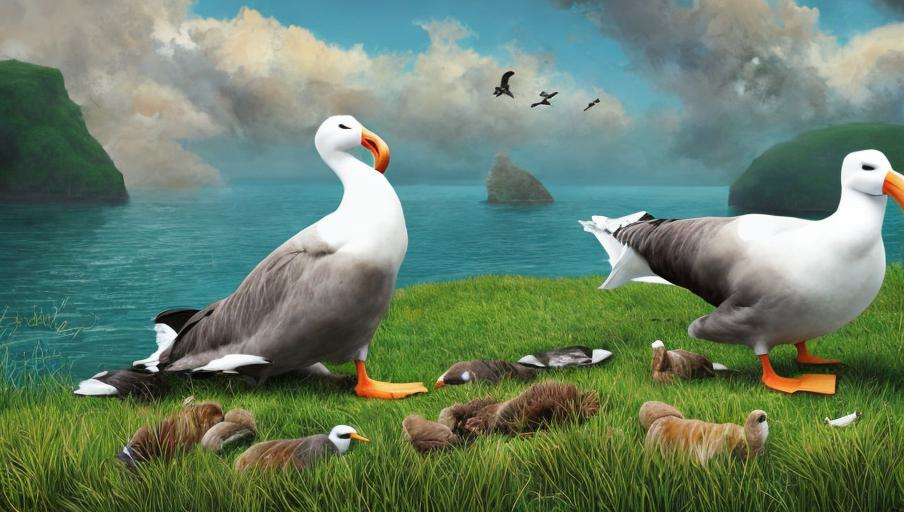
Introduction
Albatrosses are large seabirds that are found across the world’s oceans. They are famous for their long-distance migrations and are known for their majestic grace. However, these beautiful birds are facing an existential crisis due to human activity. Industrial fishing, plastic pollution, and climate change are all threats to the albatross population and their habitats. As a result, conservation efforts are being made on a global scale to protect these birds and their habitats.
Industrial Fishing
Albatrosses are particularly vulnerable to industrial fishing. Longlines, which are long fishing lines with baited hooks, are a major threat to these birds. The birds are attracted to the bait, and accidentally swallow the hooks, which can cause injury or death. In addition to longlines, gillnets, trawl nets, and other fishing gear can be dangerous for albatrosses. As a result, there are now regulations in place to reduce bycatch of albatrosses in fishing operations.
Plastic Pollution
The pollution of the world’s oceans is another major threat to albatrosses. The debris in the ocean, especially plastic, is a major problem for wildlife. Albatrosses can mistake plastic for food and consume it, causing injury or death. In addition, plastic pollution can damage their habitats, as well as the marine food web. To reduce the amount of plastic in the ocean, governments and organizations are implementing policies to reduce plastic use. In addition, beach cleanups and other initiatives are being done to clean up the ocean.
Climate Change
Climate change is another major threat to albatrosses. Rising sea levels, extreme weather events, and other changes caused by climate change can have devastating effects on their habitats. Additionally, the warming ocean temperatures can cause changes to the availability of food for these birds, leading to malnutrition and other health problems. To address this issue, governments and organizations are working to reduce the emissions of greenhouse gases, as well as to mitigate the effects of climate change.
Conservation Efforts
In order to protect albatrosses and their habitats, there are a number of initiatives being taken. Governments and organizations are working to reduce bycatch in fishing operations, reduce plastic pollution, and mitigate the effects of climate change. Additionally, organizations are working to protect and restore albatross habitats, as well as to monitor the population of these birds. Finally, educational initiatives are being taken to raise awareness of the importance of conservation, as well as to educate people on the threats to albatrosses and how they can be addressed.
Conclusion
Albatrosses are beautiful and majestic birds that are facing an existential crisis due to human activity. However, conservation efforts are being undertaken on a global scale to protect these birds and their habitats. Through the implementation of regulations, educational initiatives, and other measures, it is possible to protect albatrosses and ensure their survival for generations to come.
